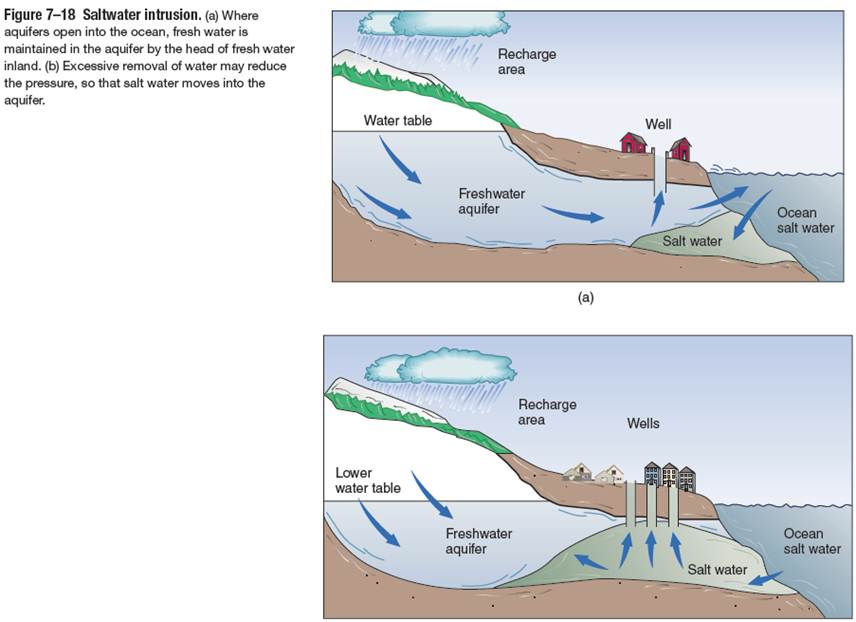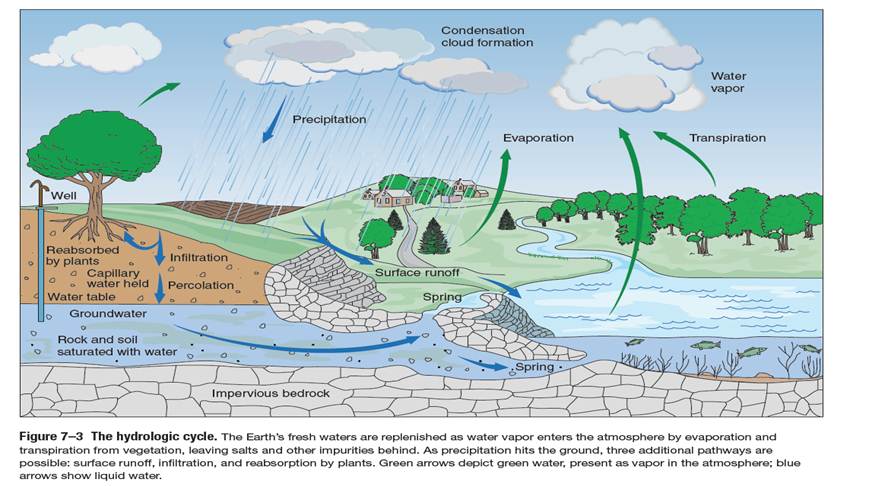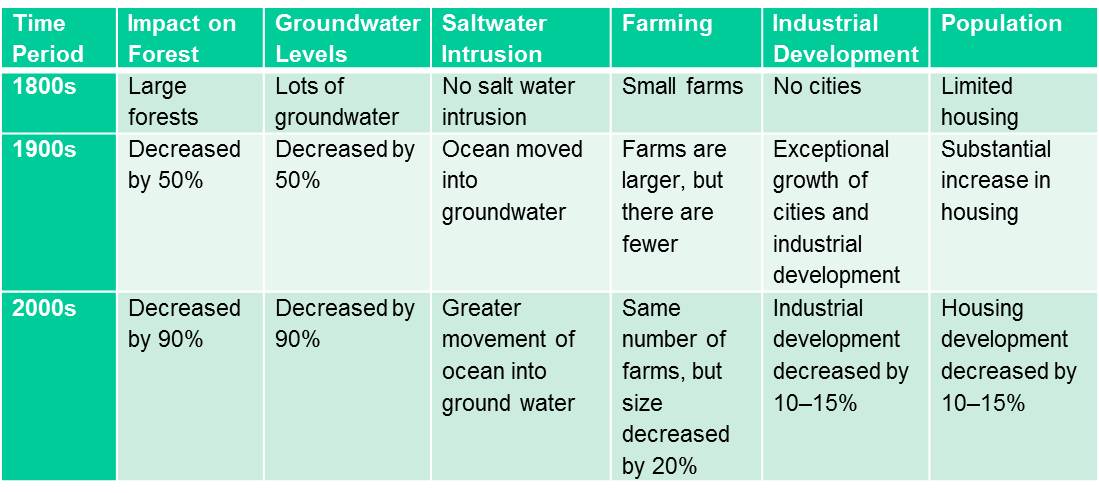Determining in the most cost-effective computer for your business;
Assignment 1: Applications of the Scientific Method
Due Week 4 and worth 160 points
The scientific method is useful in problem solving and decision-making in a wide variety of fields. In this assignment, you will demonstrate how to use the scientific method to make decisions and solve problems in your field of study or everyday life.
Identify a specific problem often faced in your field of study or everyday life. Research your problem and assess your data / research. Examples of such problems could be:
- Business
- Developing a new product that is superior to competitor’s brands; or
- Establishing a price for a new product using the law of supply and demand;
- Information Systems and Technology
- The use of personal electronic devices for work purpose, or
- Determining in the most cost-effective computer for your business;
- Criminal Justice
- The reliability of eyewitness testimony, or
- Determining what evidence reveals to you about a crime;
- Everyday Life
- Selecting a particular brand of detergent, or
- Determining the most cost-efficient transportation / route for your commute.
Write a three to five (3-5) page paper in which you:
- Explain the scientific method and describe the overall manner in which you would apply it in your field of study or everyday life.
- Propose one (1) testable hypothesis to explain / solve the problem you have selected. State the expected outcomes of your actions and include criteria for determining whether or not these actions would succeed. Note: Your hypothesis should be stated very precisely.
- Describe the main actions that you intend to put into place to test the hypothesis that you proposed in Question 2. Describe the way in which you would evaluate the success of your program. Include the results that you would deem as a success and the results that would be considered a failure.
- Discuss the wisdom behind the strategy you would use to test the hypothesis from Question 3, and describe the additional steps you might take, depending on the results of your test. Note: These additional steps might be to revise your original hypothesis (if the results were unsatisfactory) or to propose new hypotheses. The goal is to continuously improve your understanding of the factors influencing your outcomes, to be able to achieve greater results over time.
- Use at least two (2) quality resources / references in this assignment. Note: Wikipedia and personal blogs do not qualify as quality resources.
Your report must follow these formatting requirements:
- Be typed, double spaced, using Times New Roman font (size 12), with one-inch margins on all sides; citations and references must follow APA or school-specific format. Check with your professor for any additional instructions.
- Include a cover page containing the title of the assignment, the student’s name, the professor’s name, the course title, and the date. The cover page and the reference page are not included in the required assignment page length.
The specific course learning outcomes associated with this assignment are:
- Apply concepts in physical sciences to evaluate current trends and issues in the modern world.
- Describe the physical processes influencing climate and weather.
- Use technology and information resources to research issues in physical sciences.
- Write clearly and concisely about physical sciences using proper writing mechanics





